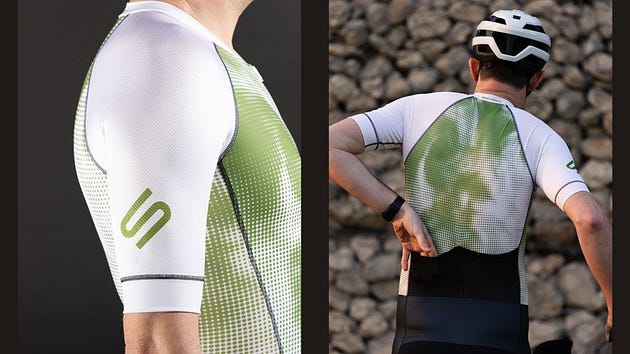Wetsuit vs. Triathlon Suit: Which One is Right for Your Race?

When training for a triathlon, picking the correct clothing is vital. Among the most crucial options is deciding between a wetsuit and a triathlon suit. Both serve unique functions and recognizing their distinctions will help you make an educated decision for your next race. Let’s go into the intricacies of each and discover which is best suited for your event.
What is a Triathlon Suit?
A triathlon suit is intended for all three disciplines — swimming, cycling, and running — without needing a change of clothes between stages. It boasts a streamlined fit, lightweight fabric, and moisture-wicking characteristics, making it perfect for a smooth changeover throughout the race. Tri suits come in one-piece or two-piece forms, featuring zippers and padding to assist comfort while riding.
The biggest benefit of a triathlon suit is its adaptability. Since it is built to perform effectively in each leg of the race, it removes the need to change garments, helping to cut transition times. Its tight fit and breathable fabrics guarantee that you remain dry and comfortable during the whole race. Tri-suits are also quick-drying, which is necessary after the swimming segment.
Understanding Wetsuits and When to Use Them
A wetsuit, on the other hand, is particularly constructed for the swimming leg of the race, giving buoyancy and warmth. Wetsuits are typically used in open-water events when water temperatures are cooler. The material is thicker and constructed from neoprene, which helps insulate the body and increase float, enabling swimmers to glide more effectively through the water.
Wetsuits are great for triathletes participating in colder climes or in seas where speed and insulation are crucial. However, following the swim, wetsuits must be removed during the transition to allow for better flexibility of movement in the bike and running parts, which may take up important time.
Key Factors to Consider When Choosing Between a Wetsuit and a Triathlon Suit

1. Race Conditions: If you’re racing in cooler water, a wetsuit offers the required insulation. In warmer regions or events with short swim parts, a triathlon suit is more efficient.
2. Speed and Efficiency: A triathlon suit enables you to move rapidly through transitions, while wetsuits need time to remove after the swim.
3. Comfort and Mobility: A triathlon suit allows a better range of movement in all three phases, whereas a wetsuit is more restricting yet required in cold water.
Conclusion
If your event contains chilly water, a wetsuit is crucial for staying warm and guaranteeing the best performance in the swim. For warmer competitions, a triathlon suit is the ideal option, giving adaptability and rapid changeover between each stage of the race.
No matter your decision, having the appropriate gear is vital for triathlon success. Explore a comprehensive assortment of high-performance triathlon suits at Scody, intended to provide you with a competitive advantage and optimal comfort across all race circumstances. Let Scody help you gear up for your next big race!

Comments
Post a Comment